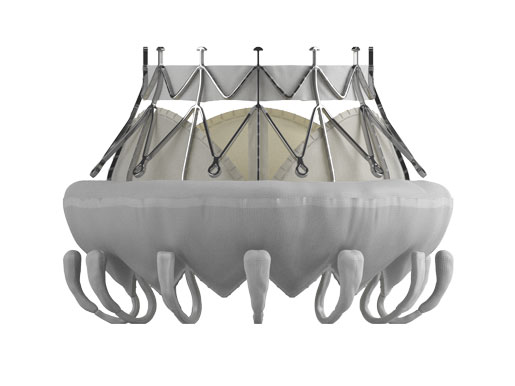What to Know About TMVR Technology
Want to learn more about transcatheter mitral valve replacement technology before it become mainstream? Two experts offer an introduction to the TMVR market opportunity.
September 1, 2016

Over the past few years, whispers about the promised of transcatheter mitral valve replacement (TMVR) technology have grown louder. Excitement about TMVR is reaching an all-time high, as several large medtech companies have invested in the area. In 2015 alone, Edwards Lifesciences purchased CardiAQ Valve Technologies, Medtronic bought Twelve Inc., and Abbott acquired Tendyne while also investing in Cephea Valve Technologies with an option to purchase. Stand-alone companies like Neovasc are also working on TMVR devices.
Now, TMVR looks poised for the big time, as Edwards Lifesciences has announced it is kicking off a CE Mark trial for its TMVR system.
At the MD&M Minneapolis conference on Wednesday, September 21, 2016, William Drasler of William J. Drasler Consulting and Robert Saeid Farivar, MD, PhD, chief of cardiothoracic surgery at Abbott Northwestern Hospital, will be part of a panel discussing the market opportunity for TMVR and the obstacles, both technical and clinical, the technology faces.
Learn more from these panelists during a discussion on "The Market Opportunity for Transcatheter Mitral Valve Replacement" at the MD&M Minneapolis Conference, on September 21. |
We asked Drasler and Farivar some introductory questions about the state of TMVR technology today. Here's what they had to say:
In your opinion, what is the biggest obstacle in designing a transcather mitral valve?
Drasler: Due to the anatomy of the mitral annulus both in its shape and tensile strength, the ability to secure a TMVR device without impingement of the native anterior leaflet upon the LVOT [left ventricular outflow tract] and without PVL [paravalvular leak] provide major challenges. Also, creation of stagnation pockets can result in generation of thromboemboli that are not tolerated. The TMVR device should also have a low profile to allow delivery across the atrial septum with alignment with the mitral annulus axis.
Farivar: Anchoring and profile in left ventricular outflow tract.
From your knowledge of the transcatheter mitral valves being developed now, what do you see as the most promising design, and why?
Drasler: The best TMVR designs do not cause LVOT obstruction, are secured to the mitral annulus with stable healing that prevents PVL maintenance, and allows adequate blood flow across the native mitral leaflets to limit thrombus formation. The design should lend itself to delivery across the atrial septum.
Farivar: Tendyne (Abbott) for anchoring and Intrepid (Medtronic) for ease of placement.
As the first transcatheter mitral valve heads into CE Mark trials, what do you see as the major questions that need to be answered?
Drasler: The clinical trials should address similar issues that have been examined in TAVR trials including PVL, centro-valvular leaks, thromboemboli related strokes, and long-term valve function. In addition, the TMVR clinical studies should also examine LV functional changes that are potentially affected by an individual TMVR design, effects on LVOT outflow, effects on CFX [circumflex] artery blood flow, effects on left atrial electrical function, and all of the potential negative sequellae associated with delivery of the TMVR device via the apical approach.
Farivar: How do the patients do?
[Image courtesy of EDWARDS LIFESCIENCES]
About the Author(s)
You May Also Like


